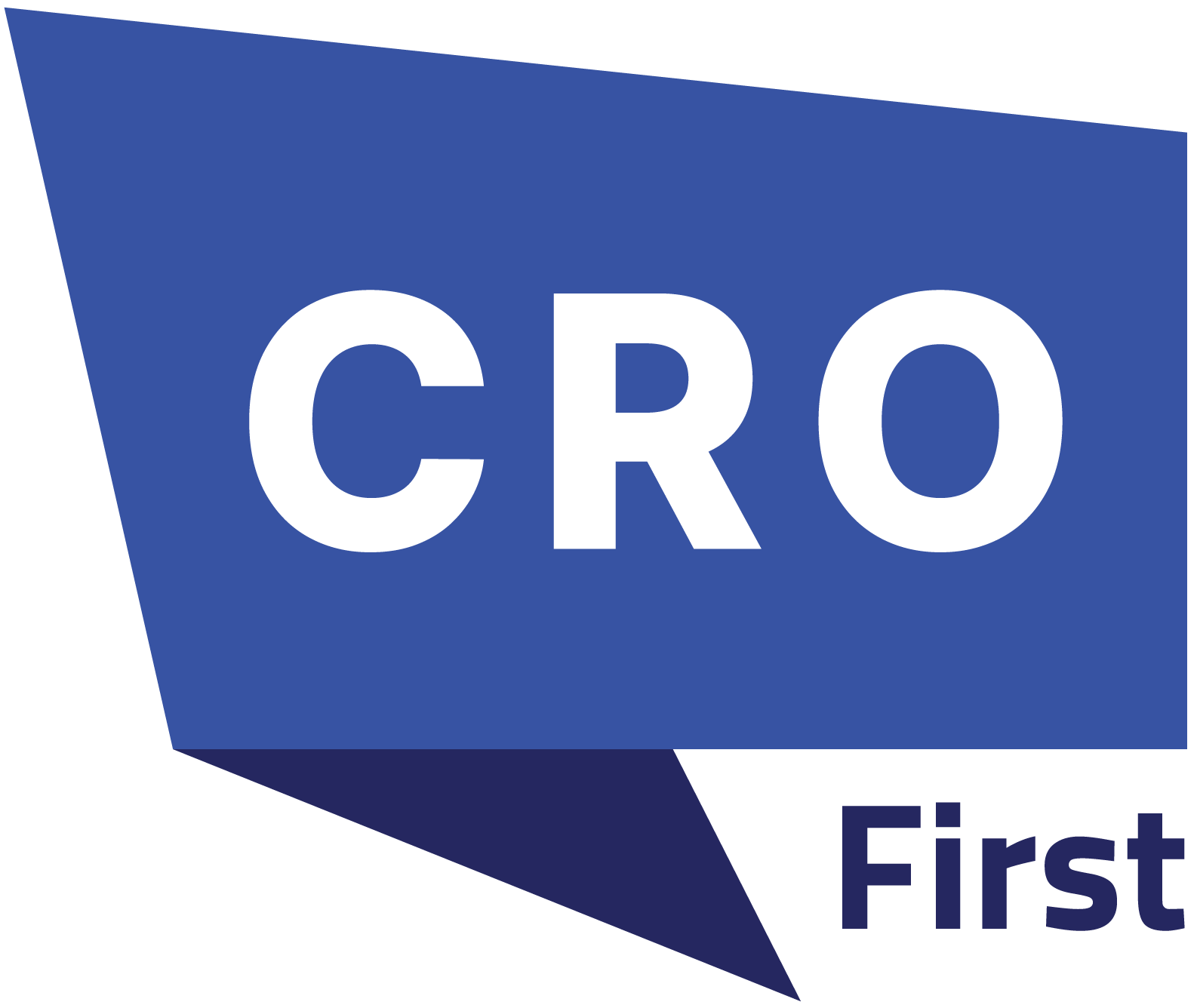Scaling a SaaS business feels great on paper until you look at the bill for every new customer you chase. CAC keeps climbing, sales cycles stretch out, and relying only on fresh logos starts feeling like running uphill with a backpack full of rocks. Most teams pretend they can out-sell this problem. They can’t. It breaks sooner or later.
This is where net revenue retention steps in. It forces you to look at the real engine that keeps the business alive. Not the top line hype but the actual behavior of the customers who already chose you. Are they staying. Are they growing. Are they shrinking. Are they quietly preparing to walk away? That is the truth serum for any SaaS business.
And the thesis is simple. NRR is the clearest measure of sustainable growth because it captures the full relationship. Retention. Contraction. Expansion. All of it. In a world where 52% of enterprises now deploy AI agents in production, the pressure to grow intelligently has never been higher.
Defining NRR: The Comprehensive Calculation
Net revenue retention is one of those metrics people pretend to understand until you ask them to spell it out without sounding confused. So let’s clean it up. At its core, NRR tells you how much recurring revenue you keep from your existing customers after you count every upgrade, every cross sell, every downgrade and every churn event. Nothing fancy. Just the real story of how much your current base grows or shrinks over time.
The math is simple enough to scribble on a napkin.
NRR equals Starting MRR plus upgrades plus cross sells minus downgrades minus churn. Then you divide that by Starting MRR. When that number climbs past 1.0 you know your existing customers are expanding faster than they are shrinking. That is the sweet spot most SaaS teams chase because it proves your product becomes more valuable the longer people use it.
Now compare that to gross revenue retention. GRR only tells you how much revenue you managed to avoid losing. It ignores all the growth your current users create and it pretends expansion does not exist. That is why GRR feels like reading half a scorecard. NRR gives you the whole view which is what you actually need when you want to understand the health of a SaaS business instead of guessing.
The Three Pillars NRR Captures

If you really want to know whether a SaaS business can survive its own ambition, you look at the three pillars inside net revenue retention. Everything else is noise people dress up as insight.
The first pillar is expansion revenue. This is where the real growth lives because upsells and cross sells show whether customers actually want more of what you offer. When almost 88 percent of organizations already use AI in at least one business function, buyers keep looking for tools that scale with them. That is why expansion becomes the engine that pushes NRR past 100 percent which people call negative churn although it feels more like business finally working the way it should. Your base grows without begging for new logos every quarter.
The second pillar is customer retention. This one looks obvious until you realize how many companies ignore the basics. Retention shows whether your product has real stickiness. Microsoft’s Work Trend Index even talks about Frontier Firms working in human plus AI models which tells you how deeply software now sits inside day to day workflows. If a product becomes that woven in, retention stays strong because customers are not just renewing a tool, they are renewing a system they rely on.
The third pillar is customer value and health. Even if churn looks low on paper, customers can silently downgrade when value feels fuzzy or the product no longer matches their pace. HubSpot’s State of Sales report tracks how fast buyer behavior keeps shifting which is your warning signal. If customer needs move but your product does not, NRR drops even before churn hits. That is why this pillar cuts through the polite lies and shows the real quality of your revenue.
Also Read: Customer Lifetime Value (CLV): The Key Metric Driving Sustainable Business Growth in 2026
IV. NRR and Investor Confidence: The Valuation Multiplier
Investors don’t fall in love with your product. They fall in love with your revenue behaving like a dependable machine. That’s why NRR quietly sits at the top of every VC and PE checklist. It tells them whether your business grows even when your sales team takes a day off. If your existing customers keep paying more over time, you’re basically pre-qualifying yourself for funding. Low drama, high predictability. Investors love that.
New sales look sexy on pitch decks, but they’re noisy. Markets move. Buyer cycles slip. Budgets freeze. NRR cuts through the noise. It shows how much of your future cash flow is already locked in by people who know your product inside out. That stability makes forecasting less of a guess and more of a science. Higher NRR almost always correlates with steadier revenue curves, which is why investors use it as a forward-looking signal rather than a backwards-looking brag.
This is also where it plugs right into SaaS financial doctrine. Everyone worships the Rule of 40 because it gives a quick read on business health. But here’s the part people gloss over. If NRR is strong, you don’t have to burn the house down chasing growth to hit that magic number. Expansion revenue boosts growth at a fraction of the cost. That takes pressure off margins, which means the Rule of 40 becomes easier to hit without moving into ‘just raised a crazy round, now pray’ territory.
Then comes the cost side. Acquiring one dollar of new revenue is expensive. Teams, ads, commissions, long cycles, compliance checks. The CAC bloat is real. But one dollar of expansion revenue costs almost nothing in comparison. Better onboarding. Better customer success. Better product. That’s it. The cost-to-expansion ratio is absurdly efficient.
And that’s why investors treat NRR as the real multiplier. High NRR means your revenue engine gets cheaper, faster, and more predictable. Exactly the kind of math that bumps valuations.
Tactical Strategies to Optimize and Improve NRR

If you want NRR to climb, you have to design your product and your operations so the customer almost has no choice but to grow with you. Start with pricing. Most SaaS teams treat pricing like a one-time project instead of an ongoing engine. Build tiered plans that actually match customer maturity. Give early users the basics and hold back the high-value levers for the moment they start scaling. Usage based, feature gated, seat based. Whatever fits your product. The point is simple. Make upgrades feel like a natural step in their own growth story, not a sales pitch.
Customer success is the second lever and most teams still play it like a helpdesk. That’s why only 36% of executives have managed to scale gen AI internally and only 13% see measurable enterprise impact. The gap isn’t tech. It is adoption. Same logic applies here. High touch doesn’t mean weekly hand holding. It means QBRs that actually show ROI in numbers the customer cares about. Reduce time. Increase output. Unlock revenue. When they see the value they are already getting, expansion sounds obvious rather than optional.
Then comes contraction control. This is where product analytics earns its salary. You need an early warning system that flags when a customer starts slipping. Usage drops. Key features ignored. Support interactions spike. Internal champion goes silent. These are red alerts, not afterthoughts. Your CS team should jump in before the downgrade conversation even begins.
You fix these three pieces and NRR stops being a metric. It becomes momentum.
End Note
Let’s call it what it is. NRR is the one metric that cuts through the noise and shows whether your business is actually built to last. It pulls together retention, expansion, and customer health into a single pulse check that tells you if customers are staying, growing, or quietly slipping away. While other metrics dance around the edges, net revenue retention sits right in the center and gives you the real picture.
When NRR is strong, the business feels steady even when the market starts wobbling. You are not waking up every quarter chasing fresh logos just to stay flat. You are growing because the customers who already trust you are choosing to double down. That level of resilience is what investors look for. It is what operators count on. It is what separates a hype-driven SaaS from one that compounds.
So here is the push. Stop filing NRR under the nice-to-track category. Put it at the front of your decision making. Show every team how their work moves this number up or down. When you align the whole operation around improving NRR, the story changes. Growth becomes cleaner. Revenue becomes predictable. And the business finally starts compounding instead of scrambling.

